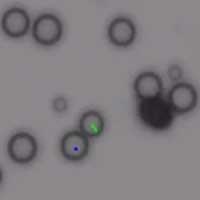 A new type of micromotor - powered by ultrasound and steered by magnets - can move around individual cells and microscopic particles in crowded environments without damaging them. The technology could open up new possibilities for targeted drug delivery, nanomedicine, tissue engineering, regenerative medicine and other biomedical applications.
A new type of micromotor - powered by ultrasound and steered by magnets - can move around individual cells and microscopic particles in crowded environments without damaging them. The technology could open up new possibilities for targeted drug delivery, nanomedicine, tissue engineering, regenerative medicine and other biomedical applications.
Friday, October 25, 2019
Micromotors push around single cells and particles
 A new type of micromotor - powered by ultrasound and steered by magnets - can move around individual cells and microscopic particles in crowded environments without damaging them. The technology could open up new possibilities for targeted drug delivery, nanomedicine, tissue engineering, regenerative medicine and other biomedical applications.
A new type of micromotor - powered by ultrasound and steered by magnets - can move around individual cells and microscopic particles in crowded environments without damaging them. The technology could open up new possibilities for targeted drug delivery, nanomedicine, tissue engineering, regenerative medicine and other biomedical applications.
Can solar technology kill cancer cells?
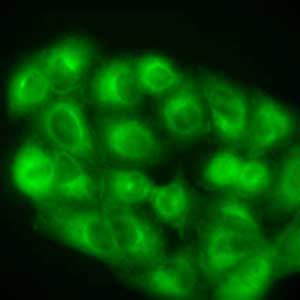 Scientists have revealed a new way to detect and attack cancer cells using technology traditionally reserved for solar power. The results showcases dramatic improvements in light-activated fluorescent dyes for disease diagnosis, image-guided surgery and site-specific tumor treatment.
Scientists have revealed a new way to detect and attack cancer cells using technology traditionally reserved for solar power. The results showcases dramatic improvements in light-activated fluorescent dyes for disease diagnosis, image-guided surgery and site-specific tumor treatment.
Nano-size food additives affect nutrient uptake in worms
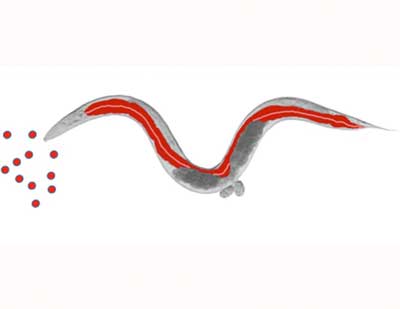 Nanoparticles from silicon dioxide are added to food products for example as anticaking agent. Recent research results from the model organism Caenorhabditis elegans show that within the intestinal cells of the roundworm nanosilica disturb the uptake and use of digested proteins.
Nanoparticles from silicon dioxide are added to food products for example as anticaking agent. Recent research results from the model organism Caenorhabditis elegans show that within the intestinal cells of the roundworm nanosilica disturb the uptake and use of digested proteins.
Super-strong magnetic supercrystals can assemble themselves
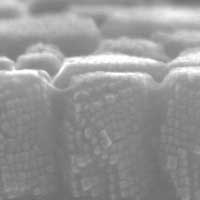 Materials scientists who work with nano-sized components have developed ways of working with their vanishingly small materials. But what if you could get your components to assemble themselves into different structures without actually handling them at all?
Materials scientists who work with nano-sized components have developed ways of working with their vanishingly small materials. But what if you could get your components to assemble themselves into different structures without actually handling them at all?
Catalytic immunotherapy for cancer: nanoparticles act as artificial enzymes
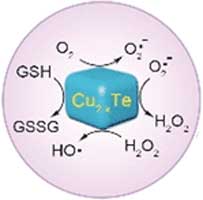 Increasing anti-tumor immunity might now be made possible, thanks to copper telluride nanoparticles that mimic enzymes, especially under NIR-II light irradiation. This induces oxidative stress in tumor cells, quashing their immunosuppressive status and triggering inflammatory processes.
Increasing anti-tumor immunity might now be made possible, thanks to copper telluride nanoparticles that mimic enzymes, especially under NIR-II light irradiation. This induces oxidative stress in tumor cells, quashing their immunosuppressive status and triggering inflammatory processes.
Physicists take a step toward using insulating antiferromagnetic materials in future computers
 Physicists observe reading and writing of digital information with antiferromagnetic materials.
Physicists observe reading and writing of digital information with antiferromagnetic materials.
Hydrogen boride nanosheets: A promising material for hydrogen carrier
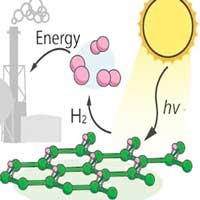 Scientists report a promising hydrogen carrier in the form of hydrogen boride nanosheets. This two-dimensional material, which has only recently begun to be explored, could go on to be used as safe, light-weight, high-capacity hydrogen storage materials.
Scientists report a promising hydrogen carrier in the form of hydrogen boride nanosheets. This two-dimensional material, which has only recently begun to be explored, could go on to be used as safe, light-weight, high-capacity hydrogen storage materials.
Subscribe to:
Comments (Atom)
